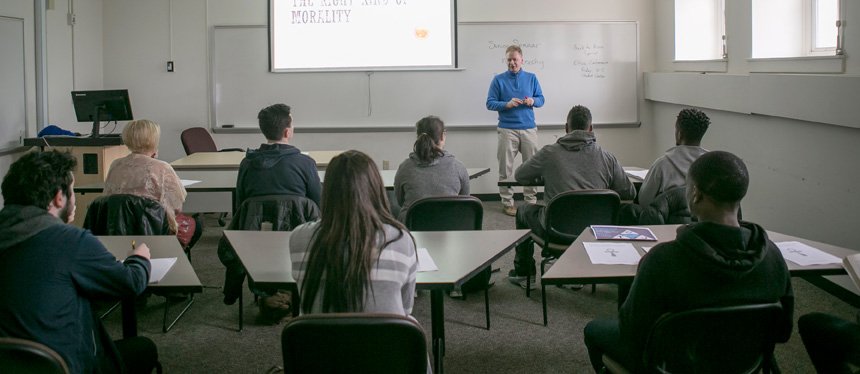Quechua Linguistics Project
Quechua Linguistics Project
Quechua Linguistics Project
Quechua Linguistics
Anthropology and Pedagogy
Directed by Marilyn Manley, Ph.D.
Directed by Marilyn Manley, Ph.D.
Overview
In addition to supporting the development of linguistic theory, this project serves to heighten a general awareness of Quechua and supports Quechua language and culture maintenance. Although Quechua remains the most widely spoken indigenous language of the Americas, with speakers residing in six South American nations whose present-day territory includes land that once belonged to the Inca Empire (Peru, Bolivia, Ecuador, Argentina, Columbia and Brazil), a variety of factors, such as prevalent negative attitudes toward Quechua speakers and the migratory trend of Quechua speakers from rural, Quechua-dominant areas to urban, Spanish-dominant areas, threaten the future of Quechua as a living, widely spoken language. In order to avoid discrimination and due to pressure from the dominant, Spanish-speaking culture, Quechua speakers often choose to shift toward Spanish and neglect their native language.
Main Goals
- To create Quechua language learning resources online to be utilized by Rowan students and others interested in learning Quechua.
- To provide access to ongoing research carried out on the Quechua and Spanish linguistic data collected in 2001, 2002 and 2003 from 169 members of two Cuzco, Peru non-profit, non-governmental agencies, the Asociacion Civil 'Gregorio Condori Mamani' Proyecto Casa del Cargador, 'Gregorio Condori Mamani' Civil Association Carrier House Project' and El Centro de Apoyo Integral a la Trabajadora del Hogar, 'Center for Integral Support of the Home Worker'. The majority of these participants spoke Quechua natively and acquired Spanish as a second language during childhood or adolescence. The data was collected from these two populations through the means of ethnography, demographic questionnaires, a social network analysis, a language attitudes study, elicitation of short narratives, role play interviews, and a subjective reaction test.




